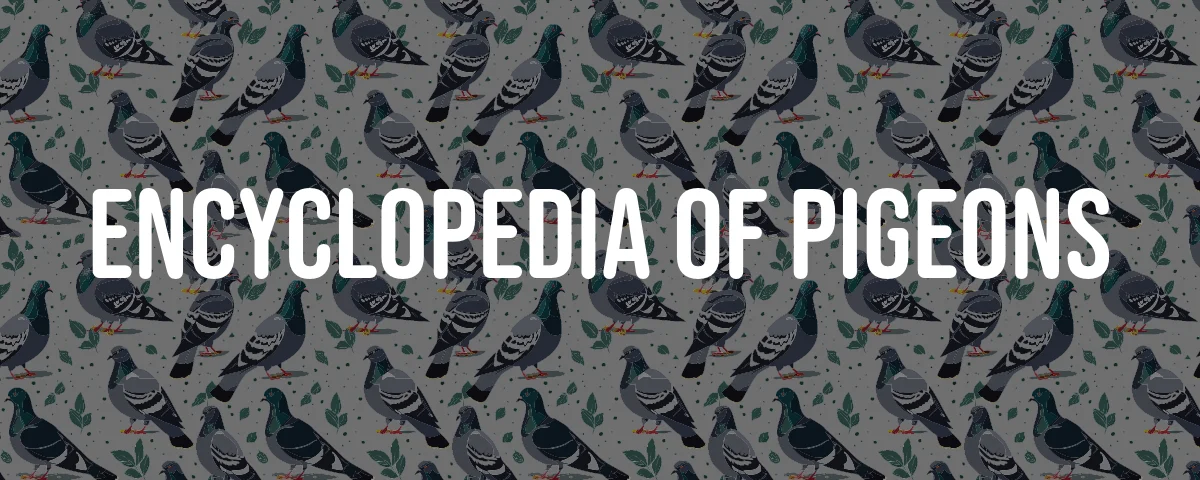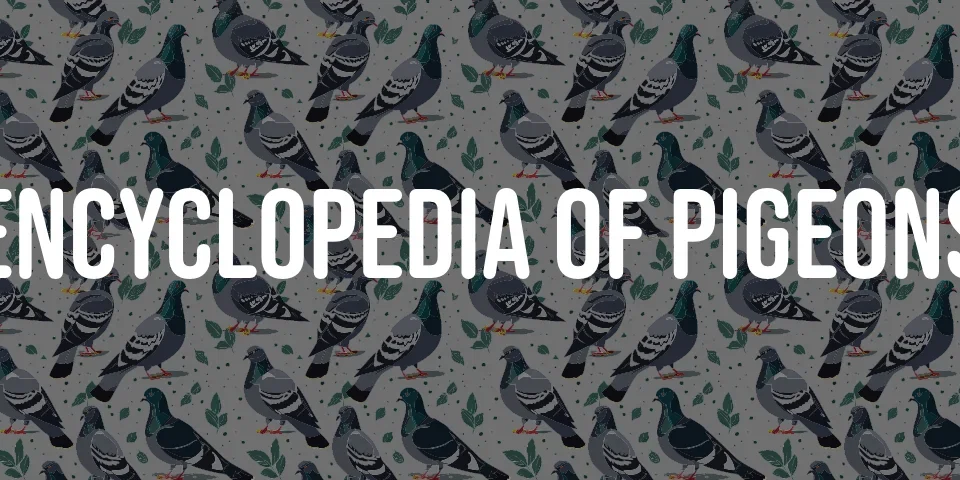The Oriental Turbit is a captivating breed of fancy pigeon, distinguished by its unique physical characteristics and historical significance. This breed, like all domesticated pigeons, descends from the rock pigeon (Columba livia) and has been selectively bred over many years to achieve its current form. The Oriental Turbit is not only admired for its appearance but also for its performance in flying competitions, making it a multifaceted breed that appeals to both show enthusiasts and those interested in avian athletics.
Origin and History
The Oriental Turbit’s exact origins are shrouded in history, but it is believed to have originated in the Middle East. The breed was developed for its tumbling flight, which was highly prized as a form of entertainment. It made its way to Europe in the 18th century, where it quickly gained popularity among pigeon breeders. The Oriental Turbit played a role in the development of the Birmingham Roller Pigeon in the 1870s.
Physical Characteristics
Appearance
The Oriental Turbit is a medium-sized pigeon, typically weighing between 300-400 grams. It has a short, rounded body with a short neck and a small head. The beak is short and stout, and the eyes are large and round. The breed is known for its thick, soft feathering that lies close to the body, giving it a ruffled appearance. The feathers are longer and thicker on the neck, chest, and belly, contributing to its distinctive look.
Color Varieties
The plumage of the Oriental Turbit can be of various colors, including white, black, red, blue, and brown. The breed lacks an oil duct, which is common in other pigeon varieties, and instead has an abundance of oil quills in its plumage. This feature contributes to the unique texture of its feathers.
Tail Feathers
An interesting aspect of the Oriental Turbit is its tail feathers. While the average pigeon variety has about 12 tail feathers, the Oriental Turbit has between 13-20, which is a notable difference and contributes to its flying abilities.
Behavior and Temperament
The Oriental Turbit is a social bird that thrives in groups. It is known for its tumbling flight, a genetic trait that causes the bird to roll backward in the air. This rolling flight can be induced by various factors and is a key characteristic of the breed. Oriental Roller Pigeons are also known to require opportunities for socialization within their flock, and providing perches and toys can encourage social interaction and prevent boredom.
Care and Management
Housing and Environment
Oriental Roller Pigeons, including the Turbit variety, should be kept in an environment that allows for socialization and plenty of room to fly and exercise. The temperature within their aviary or loft should be maintained between 50-80 degrees Fahrenheit to ensure comfort.
Diet
A balanced mix of grains, seeds, and vegetables constitutes the diet of Oriental Roller Pigeons. Fresh water and clean food dishes should be provided daily.
Health and Hygiene
Good hygiene practices are crucial for the health of Oriental Roller Pigeons. This includes washing hands before and after handling birds and regularly cleaning their living space. Veterinary care should be sought when necessary to address any health issues.
Breeding
Breeding Oriental Turbit Pigeons involves selecting couples for specific traits such as coloring, size, temperament, and overall health. This selective breeding ensures that the next generation of Turbits continues to exhibit the qualities that are standard for the breed.
Key Data Table
| Feature | Description |
|---|---|
| Average Weight | 300-400 grams |
| Body Shape | Short, rounded body with a short neck and small head |
| Beak | Short and stout |
| Eyes | Large and round |
| Feathering | Thick, soft, and ruffled; longer and thicker on the neck, chest, and belly |
| Color Varieties | White, black, red, blue, brown, and more |
| Tail Feathers | 13-20 feathers, more than the average pigeon |
| Social Behavior | Requires socialization and enjoys group settings |
| Tumbling Flight | Known for backward rolling in the air |
| Housing Temperature | 50-80 degrees Fahrenheit |
| Diet | Grains, seeds, vegetables, and fresh water |
| Health and Hygiene | Regular cleaning and veterinary care as needed |
| Breeding | Selective pairing for desired traits |
Interesting Facts
- The Oriental Turbit is part of a larger group of breeds known as Oriental Roller Pigeons, which are bred for their acrobatic flight abilities.
- The breed’s tumbling flight was historically enjoyed as a form of entertainment, showcasing the unique capabilities of these birds.
- The Oriental Turbit, along with other domesticated pigeons, played a role in Charles Darwin’s experiments on variation within species, contributing to his evolutionary theories.





